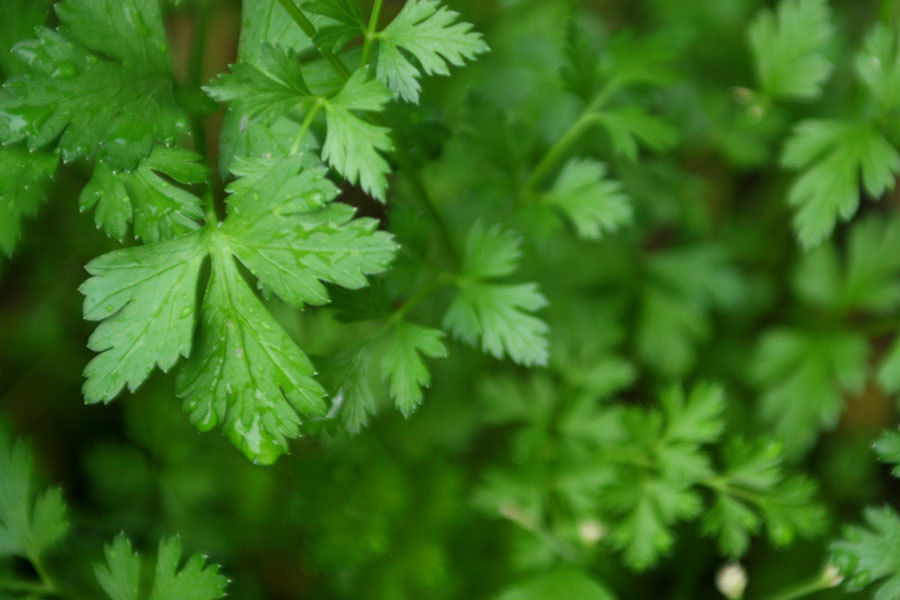Getting Your Soil in Shape for a New Season
- Peggy
- Apr 5, 2016
- 2 min read
This chart lists the basic garden macro- and micro-nutrients. The “Symptom” column shows conditions that indicate a lack of that particular nutrient.
Nutrient Location Symptom
Nitrogen Leaves,stems Newer leaves are pale green. Older leaves starting at the bottom turn yellow. Stems slender and fibrous.

Magnesium Leaves Yellowing of leaf tissue between the veins of older leaves (chlorosis) but veins will remain green. Leaves are brittle and will cup upwards. Often deficient in acidic soils.
Phosphorus Roots, flowers Poor root development. Flower drop and delayed fruit set. The undersides of leaves often have purplish cast to them.
Potassium Leaves Lowest and older leaves look wilted or scorched and will often cup downwards from margin inward. Spotting along leaf stem may also be apparent
Calcium Leaves, roots, fruit New growth is deformed and irregular. Die off in roots begins with tips sloughing off and the remaining area becoming enlarged or bulb like. This is also the source of blossom end rot.
Iron Leaves New leaves will yellow between the veins. Older leaves will be completely yellow. Generally more of a problem in alkaline soils
Some other useful natural amendments that you can explore are:
Bone meal 4-21-0 Is rich in Phosphorus, a mineral that plants need for healthy root development and flower growth. Bone meal also contains calcium and a little bit of nitrogen, both of which are beneficial to plants. Bone meal is taken up slowly over time, so there is little risk of burning plants with too much of this fertilizer
Alfalfa 3-1-2 An all purpose natural fertilizer which aids microorganisms by helping them convert soil nutrients into soluble forms more available for plants. Alfalfa boosts growth rate of seedlings and is an excellent mulch for roses and other perennials. Low risk of burning vegetation.
Kelp 2-1-3 Another all purpose natural fertilizer, kelp meal adds Nitrogen, Potassium and Phosphorus to the soil. Kelp has a large amount of trace minerals and alginic acid that improves soil structure. Be careful because it can burn if over-applied.
Green Sand 0-0-5 Is high in trace minerals and potassium. Good for plant strength and healthy leaf development. Green sand is really good for root crops such as beets, potatoes and carrots and has a low risk of plant burning.
The multiple benefits that amendments offer would seem to me to be a much better choice when addressing plant nutrition. I am not looking for instant results in my garden but long-term success. This requires an infrastructure based on healthy soil. Soil is the heart of the garden. Great soil equals great plants!






















Comments